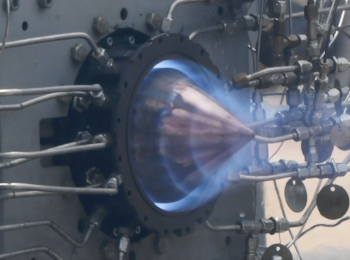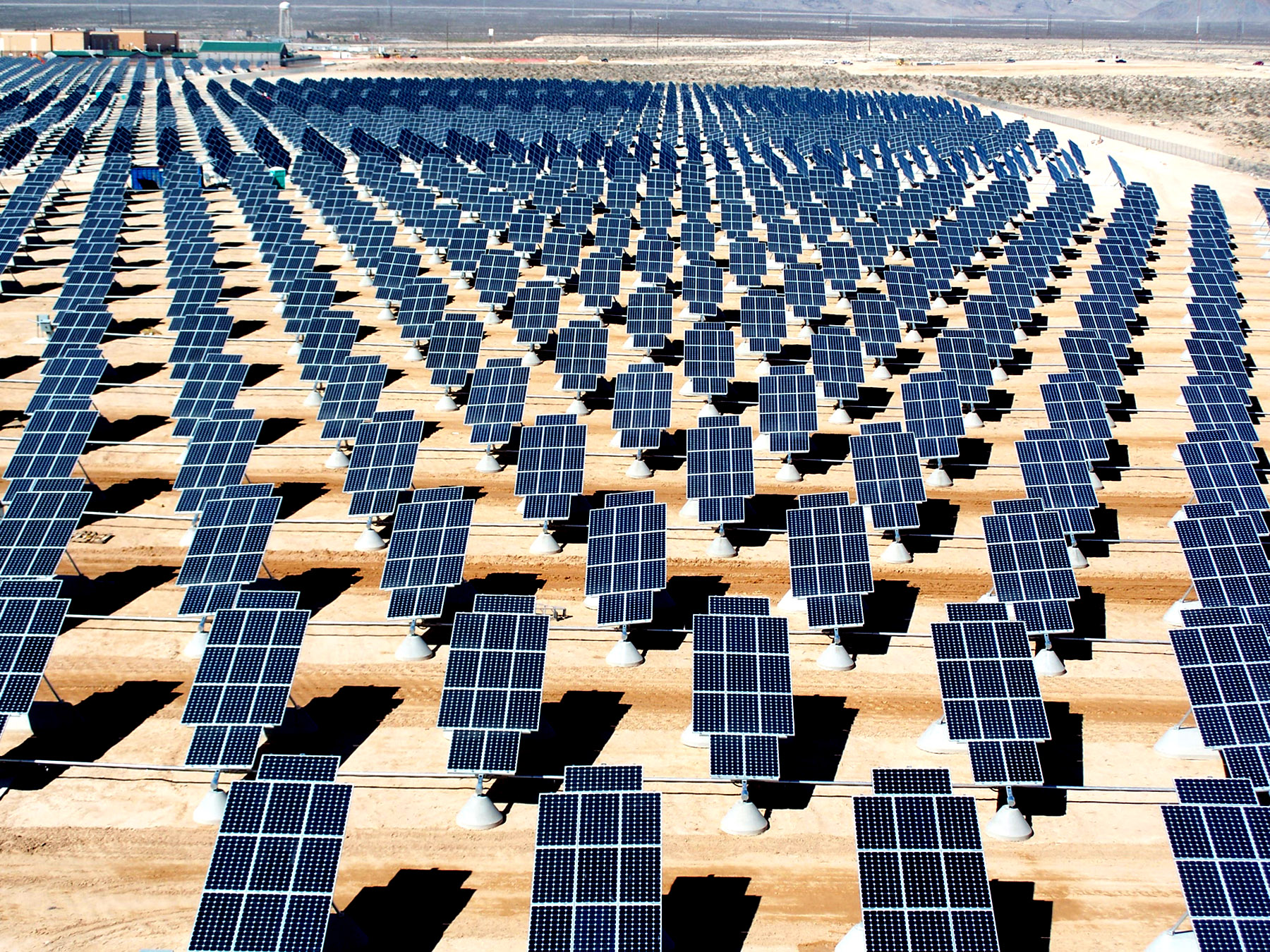
New research at the Niels Bohr Institute hints on a new way of approaching solar energy production. The researchers present the idea of using single nanowire crystals, capable of concentrating the intensity of sunlight up to a factor of 15 the normal sunlight intensity.
This discovery has the potential of making solar cells much more efficient. And the previously thought upper limit to solar cell efficiency has likely been broken.
Solar Cell Tech
Solar cells work by converting the energy of light directly into electricity via the photovoltaic effect. When the sunlight shines on the solar cell surface, the electrons present in the valence band of the metallic atom absorbs energy and then jump to a conduction band and these free electrons are attracted by a positively charged electrode and thus the light energy has been converted into electric energy.
Breaking The Limit
The so-called Shockley-Queisser Limit was first calculated by William Shockley and Hans Queisser at Shockley Semiconductor in 1961. Thus the physical limit is fundamental to solar energy production and is considered to be one of the most important contributions in the field.
The Shockley-Queisser Limit places a maximum solar conversion efficiency at around 33.7%. That is, of all the power contained in sunlight hitting an ideal solar cell (about 1000 W/m²), only 33.7% of that could ever be turned into electricity (337 W/m²).
Nanowire Research
Nanowire crystals are cylindrical structures with a diameter of about 10,000 part of a human hair. A diameter of the order of a nanometer (10−9 meters).
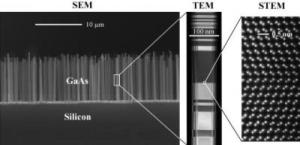
A team was researching nanowires at Niels Bohr Institute and then discovered that nanowires naturally concentrate the suns rays into a specific area within the crystal, up to a factor of 15. Since the diameter of the nanowires is smaller than the wavelength of sunlight, it, therefore, cause resonance in intensity in and around the wire. This resonance creates a concentration that would simply imply a higher efficiency when harnessing the sun’s energy.
It will probably take a few years before this research discovery could be practically applied to solar cell technology. As there are production limits of high-efficiency nanowire solar cells.
This is actually not the only research showing the potential of nanowires in solar cells. Another team at the University of California, San Diego managed to create experimental solar cells spiked with nanowires that could also lead to highly efficient thin-film solar cells of the future.
The Niels Bohr discovery would also be usable for other things, for quantum computers and other electronics, according to the researchers.
______________
InP Nanowire Array Solar Cells Achieving 13.8% Efficiency by Exceeding the Ray Optics Limit
____________________________

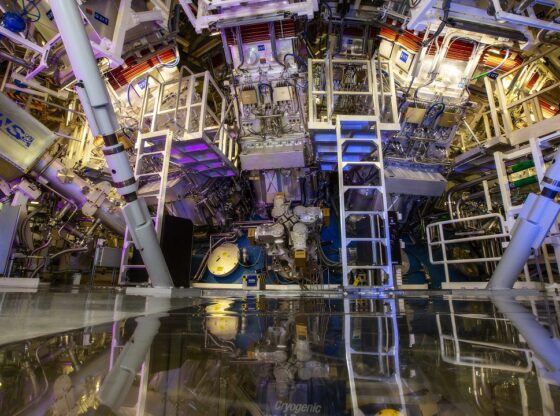
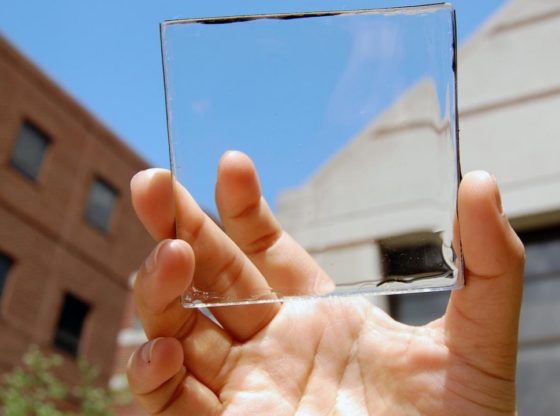

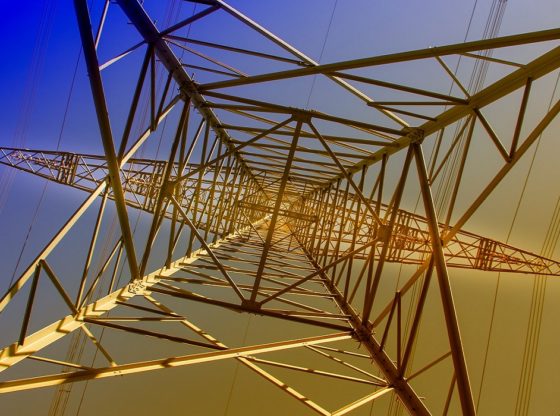
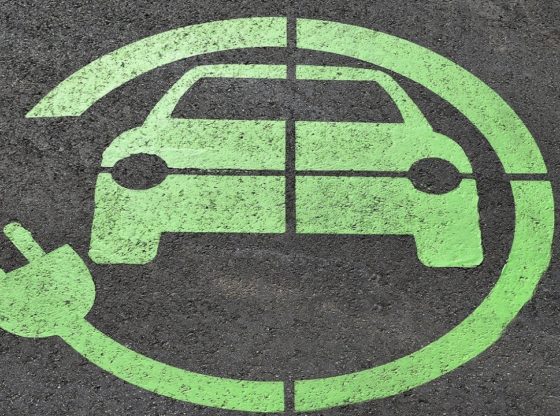




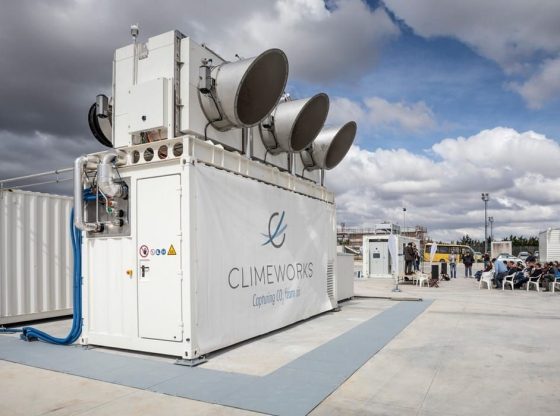
![OpenAI. (2025). ChatGPT [Large language model]. https://chatgpt.com](https://www.illustratedcuriosity.com/files/media/55136/b1b0b614-5b72-486c-901d-ff244549d67a-350x260.webp)
![OpenAI. (2025). ChatGPT [Large language model]. https://chatgpt.com](https://www.illustratedcuriosity.com/files/media/55124/79bc18fa-f616-4951-856f-cc724ad5d497-350x260.webp)
![OpenAI. (2025). ChatGPT [Large language model]. https://chatgpt.com](https://www.illustratedcuriosity.com/files/media/55099/2638a982-b4de-4913-8a1c-1479df352bf3-350x260.webp)








